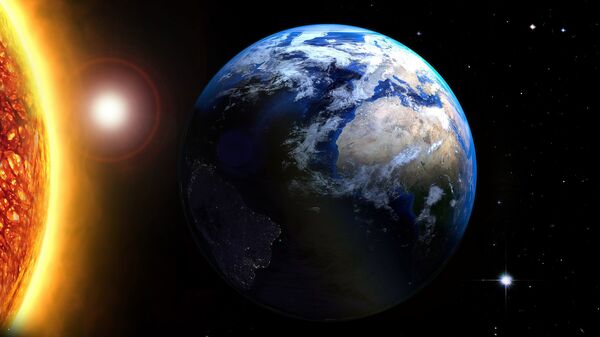A team of scientists have apparently managed to locate a new planet whose mass is about four times that of Earth, performing this discovery in a "particular roundabout way", as space.com puts it.
Rather that spotting the planet directly, the scientists employed a technique called gravitational microlensing which "relies on the fact that massive objects warp the space around them".
"When a telescope, a massive object and a target line up in just the right way, the massive object warps the light emitted by the target, magnifying it. It's a very uncommon event — just one in one million stars are being lensed at any given time", the media outlet elaborates, citing a statement about the new research from the University of Canterbury in New Zealand.
Having combined the observations performed by the Optical Gravitational Lensing Experiment based in Poland; and the Korea Microlensing Telescope Network, the scientists were able to determine the presence of a star system comprised of a planet that could be classifier either as "super-Earth" or a "sub-Neptune", which orbits a dim dwarf star "between the orbital distances of Venus and Earth".
"That's an exciting combination because among the thousands of exoplanets scientists have identified to date, such worlds in such orbits are pretty rare", the media outlet notes.

